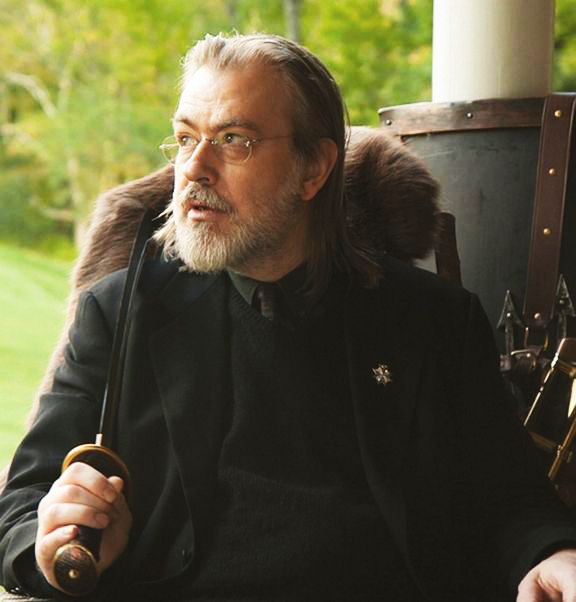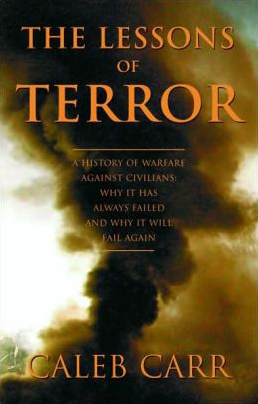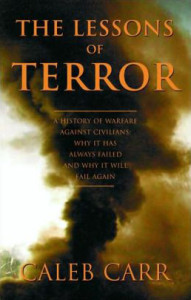
To close out 2015, I have two final updates to 17th Street’s content that may be of interest to visitors. First, The Alienist TV Series page has been updated to reflect the news that Cary Fukunaga will not be directing the entire TV series. It is not yet clear who else will be directing or how having more than one director will impact the series, but as more news comes to light it will be updated here. Second, Caleb Carr recently wrote another op-ed that has been added to the Other Publications page.
Thank you all once more for an enjoyable year of running 17th Street. 2015 has proven to be an exciting year for Alienist readers with a considerable amount of news regarding the eagerly anticipated TV series, more news regarding Caleb Carr than we have seen in many years, and for this lucky Alienist reader, there was also my aforementioned trip to New York City. In addition to those updates, 17th Street has also seen the addition of four new book blogs, a discussion piece on the books we love, and various odds-and-ends updates to the website content. Finally, for the curious among you, here are the top ten most frequently visited pages on the site throughout 2015:
10. Third Alienist Book
9. Caleb Carr Press
8. Caleb Carr News
7. Caleb Carr Biography
6. The Alienist Summary
5. The Alienist TV Series
4. The Alienist Map of New York City
3. Full Character List
2. The Alienist Movie
1. The Alienist Timeline
And with that, have a safe and happy new year, everyone! I look forward to seeing what 2016 brings.





